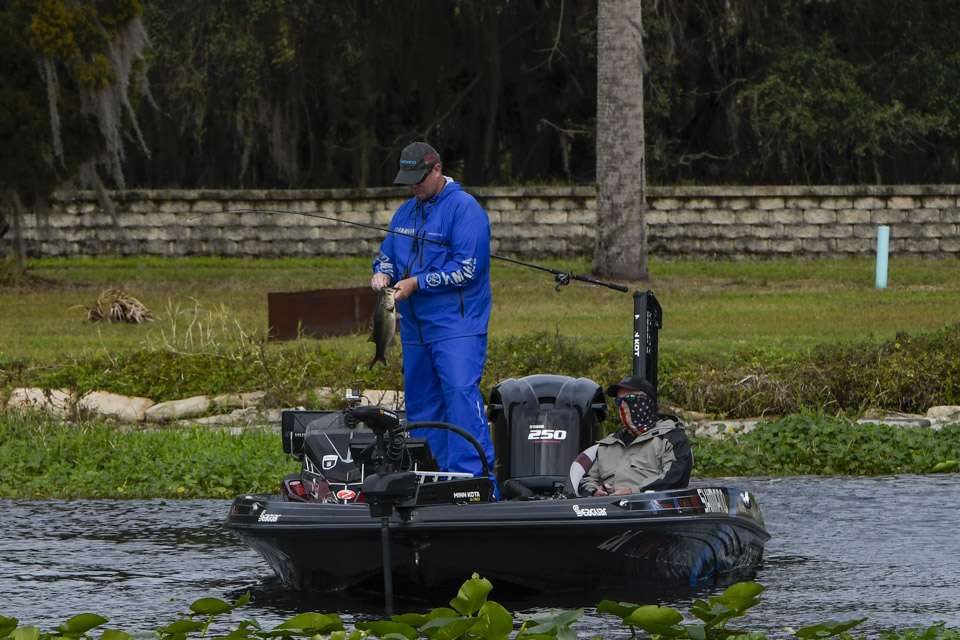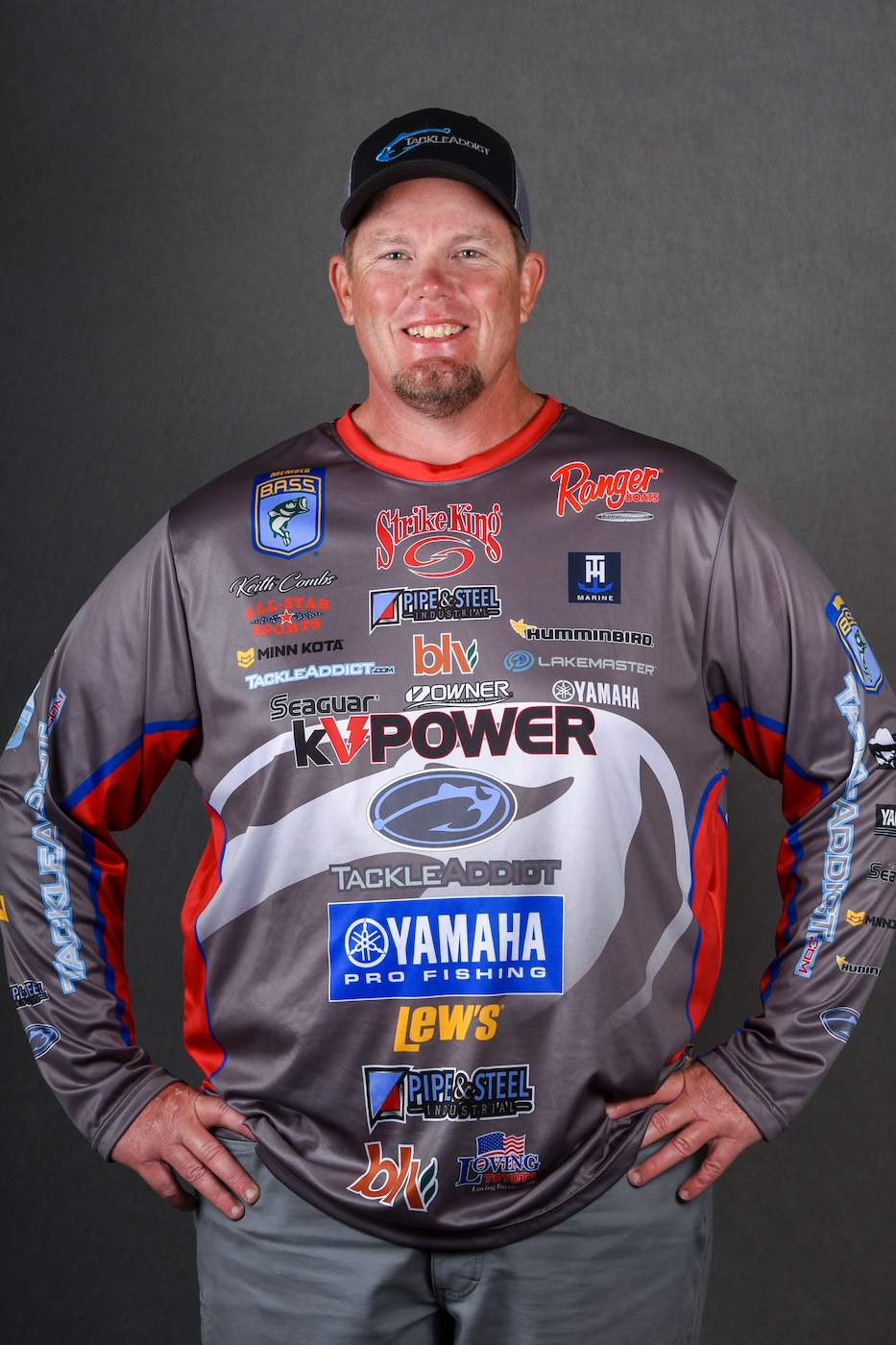
Florida tournaments have been a mainstay of my schedule since I started fishing professionally. I feel like I understand Florida fishing and have had some great finishes there, but as we head into the Harris Chain and St. Johns River events, it doesn’t feel like those past tournaments. That’s because, as far as I can recall, I’ve never been there later than March.
We’ve always fished in Florida around the spawn, which has allowed us to keep it simple. I’ve won tens of thousands of dollars using little more than a Strike King Shim E Stick and wacky-rigged Ocho in bedding areas. That’s more or less all you needed to catch both numbers and the occasional giant, but fishing there a little bit later should open things up. I’ll still have those lures rigged up, but I expect to have a lot more potential options at the ready.
Those unknowns are both exciting and a little bit daunting. I spent a couple of days at each tournament venue before they went off limits, generally trying to reacquaint myself with them and to see where there was grass, and where it wasn’t growing. I constantly had to remind myself to think about how they’d set up under very different conditions than we’re used to.
There may be a few spawning bass remaining when we get there, but most of that should be finished. I’ll look for a shad spawn, a bream spawn and even some fish headed out to their summertime holes. There should be both deep and shallow options.
Accordingly, the packing process was more exhausting than usual. I’ll have to bring my flipping stick and my wacky worm rod, but it’ll be about much more than that. I’ll need to consider the offshore shell beds and sand bars. We’ve occasionally seen some topwater bites down there, like Steve Kennedy last year with a frog, but usually it’s a niche thing. This time, it could contribute to a winning pattern. In other words, I packed just about everything I own, and Florida has been on the top of my mind ever since we left Lake Fork.
Most of you know that I’m a big fan of our biggest and best playing fields — venues like Toledo Bend Reservoir, Santee Cooper Lakes and the St. Lawrence River where it’s possible to spread out and rack up big weights. I especially like tournaments where a variety of techniques come into play. It wouldn’t hurt my feelings if we started going to more of these fisheries at nontraditional times. Even so, it feels like we’re in a constant relearning process — once you’ve won on television or on Bassmaster LIVE, those patterns and places get exposed, and it’s hard to repeat using them.
A big part of remaining competitive at any level is not getting complacent or too locked in to one way of fishing. These upcoming two events should provide a great test of our ability to adapt.





